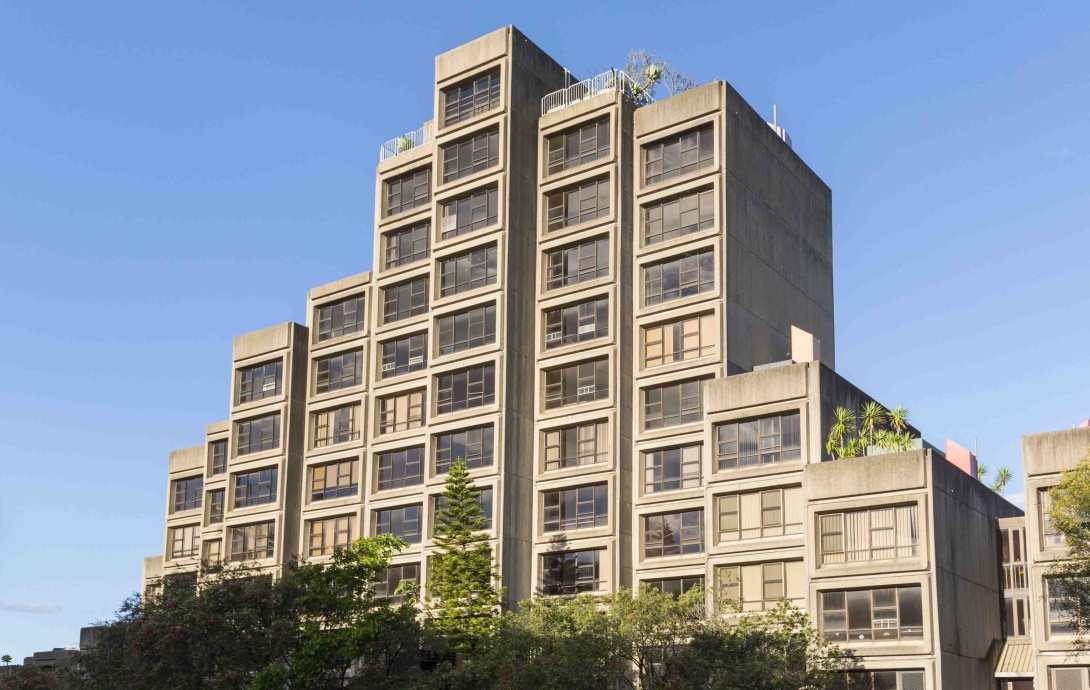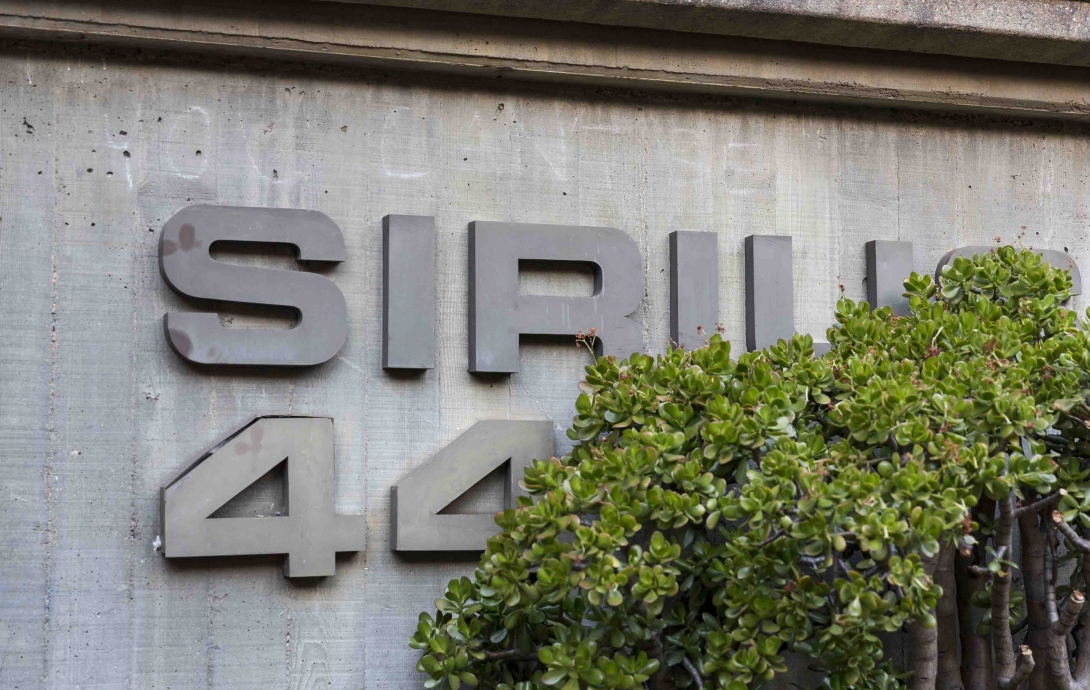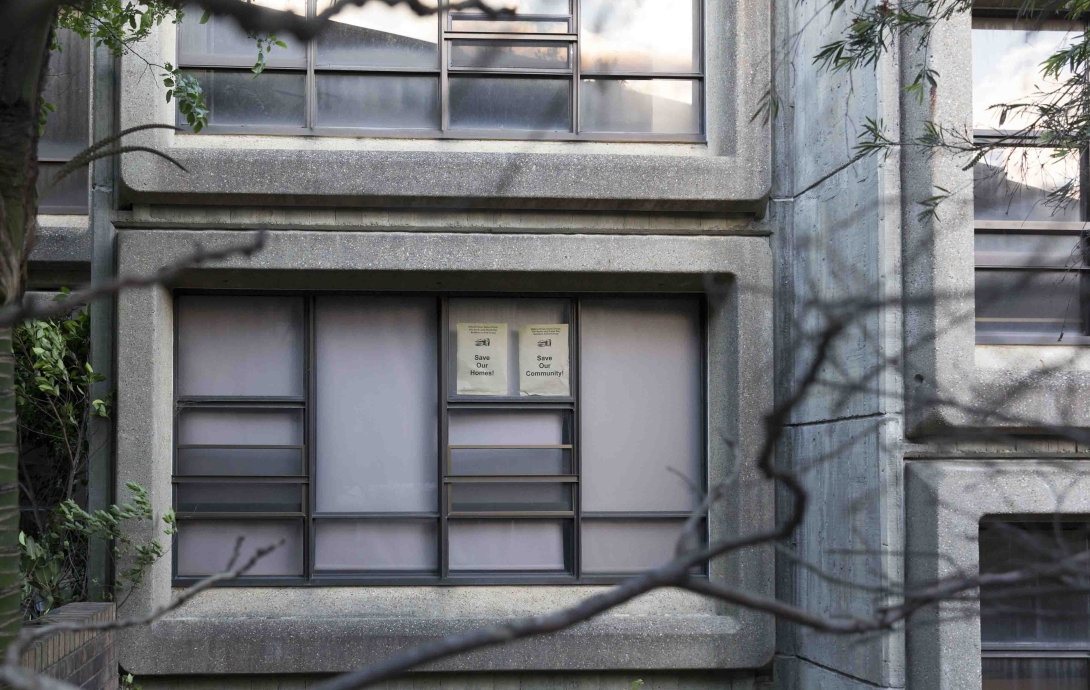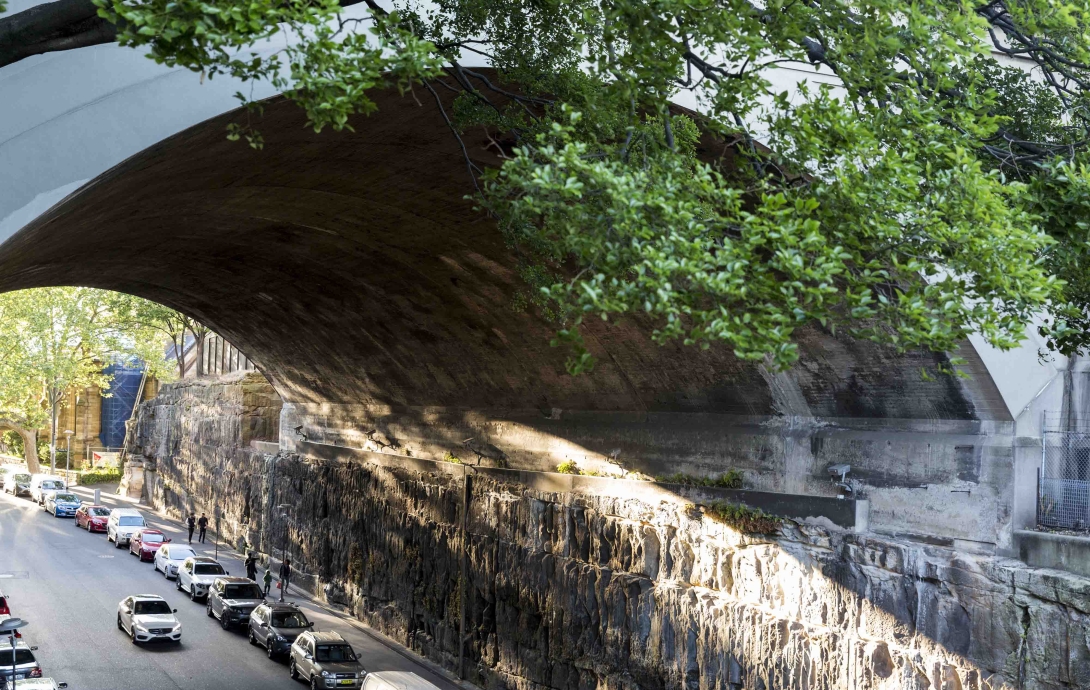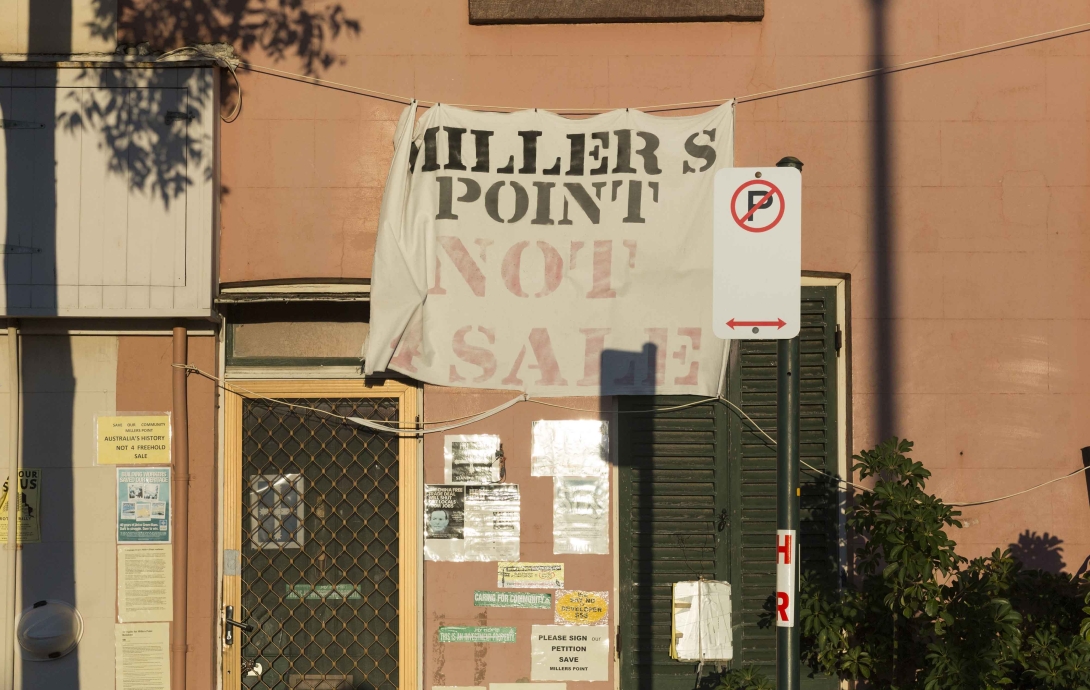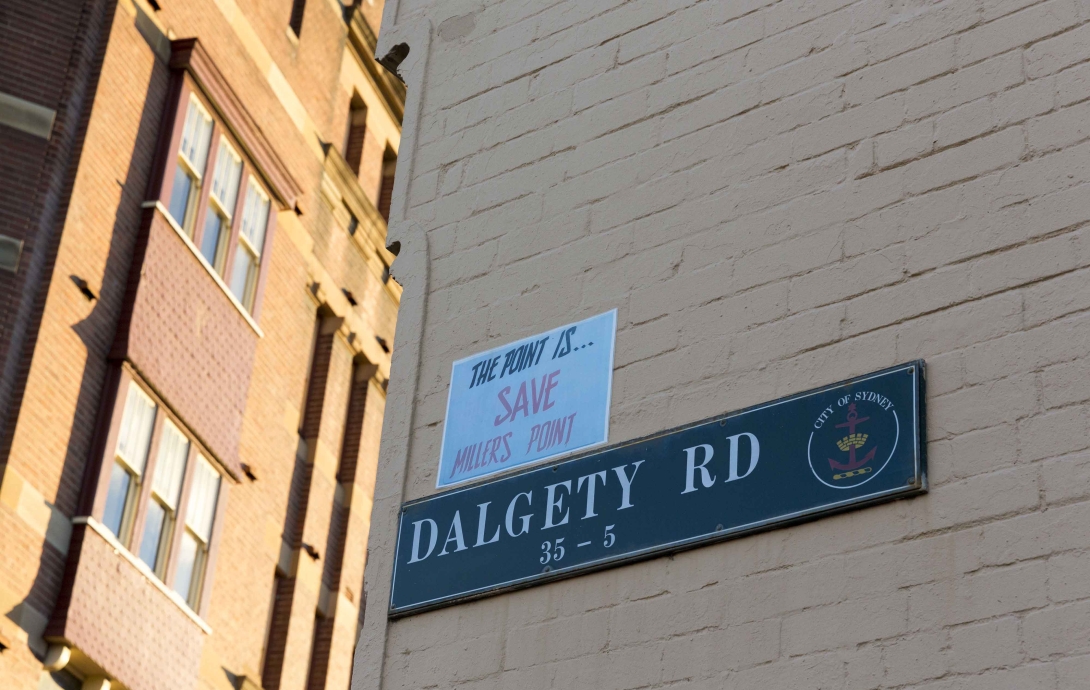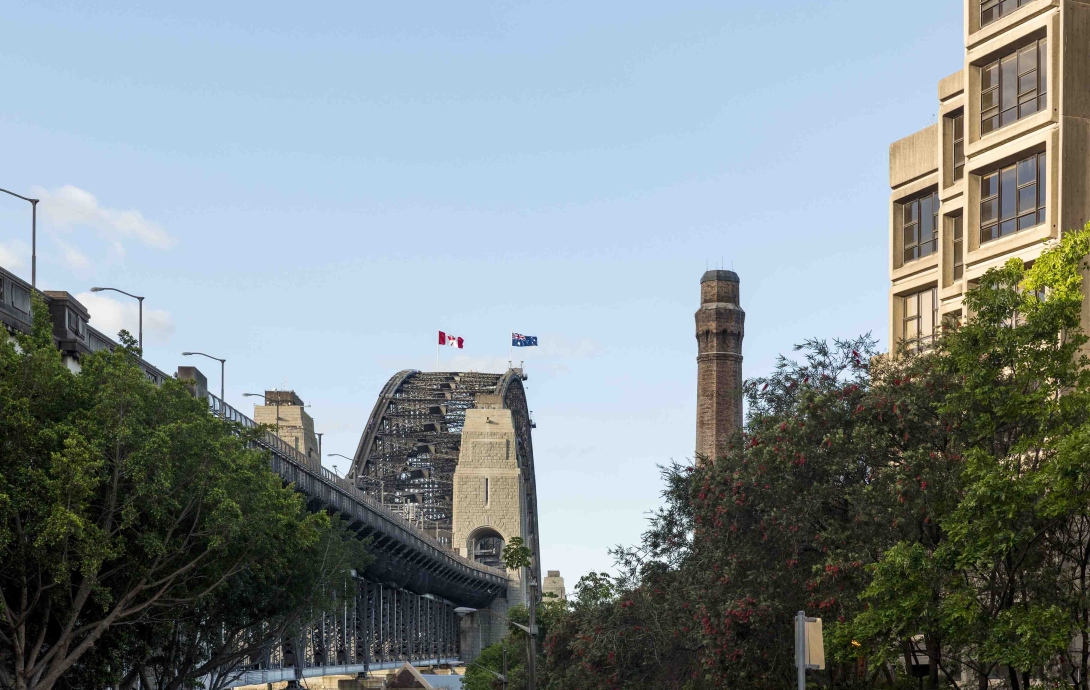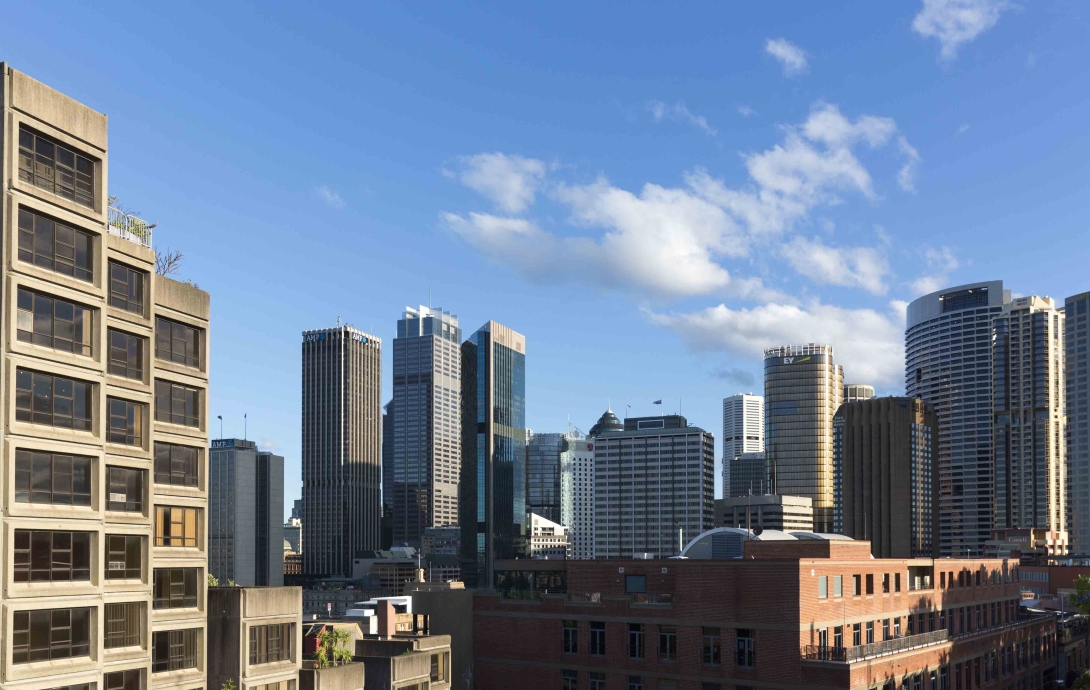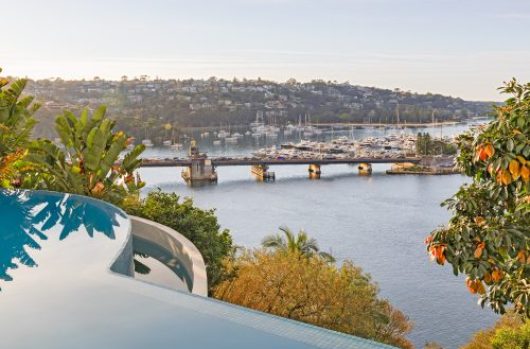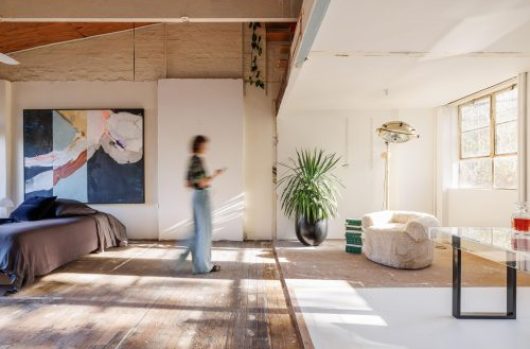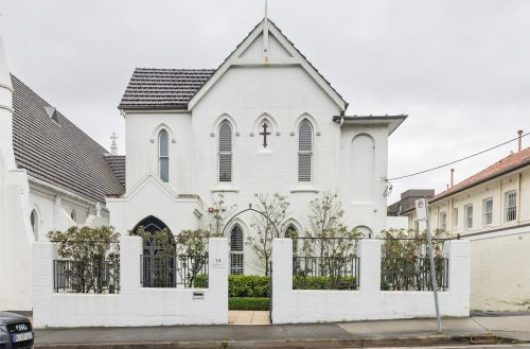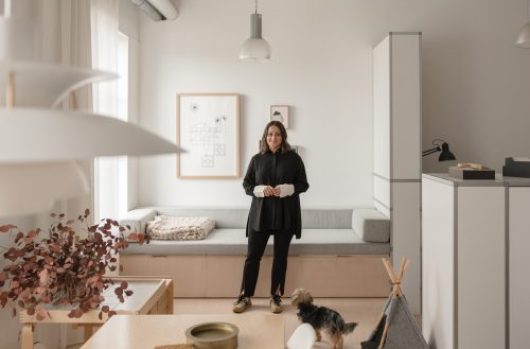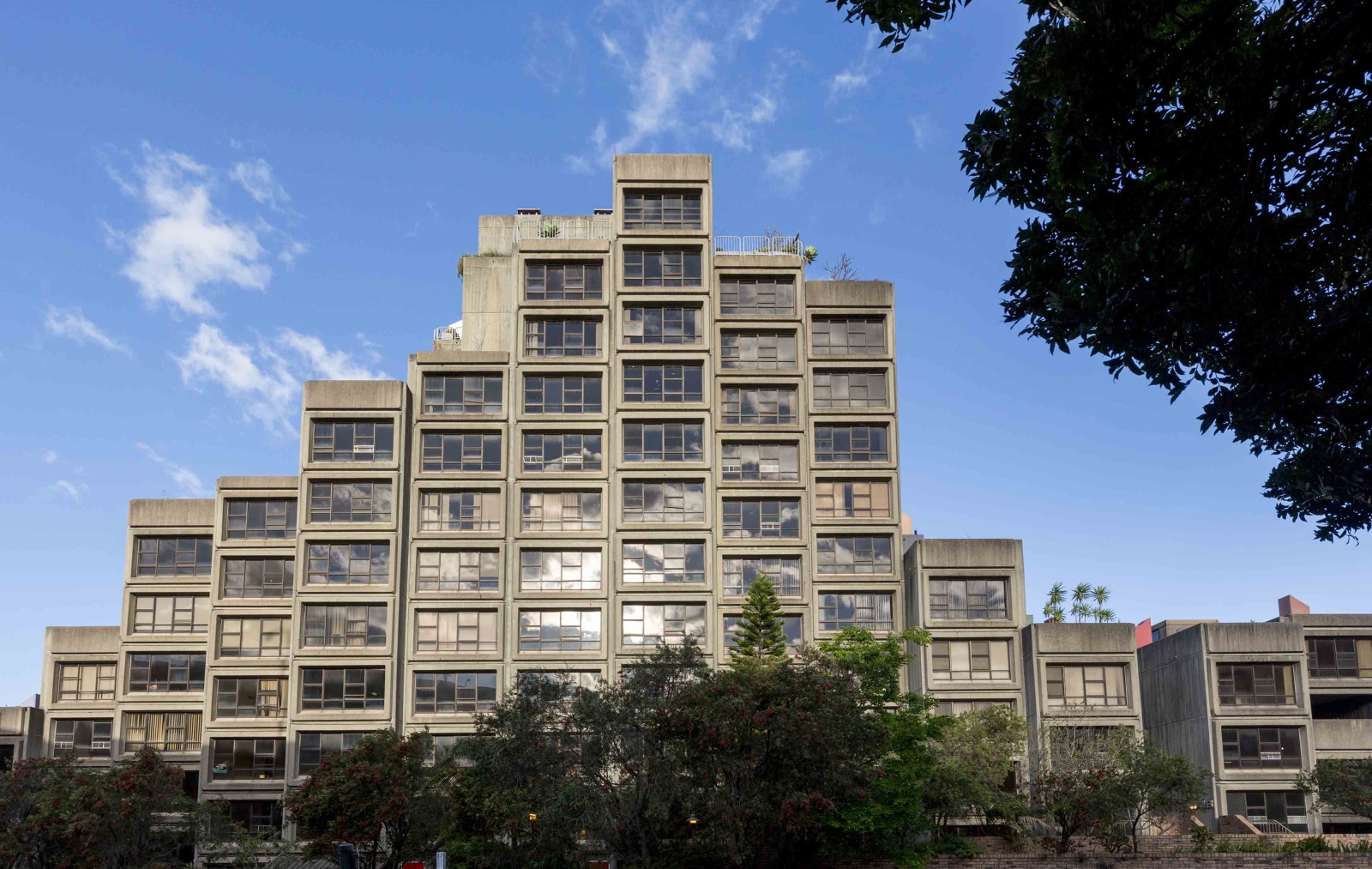
Ethic or aesthetic?
Thomas J. Pritzker, Chairman and CEO of The Pritzker Organisation, recently said “architecture at its best, can improve people’s lives.” He was referring to the work of 2016’s winner, the little known Chilean architect Alejandro Aravena who won the equivalent of the Nobel Prize for architecture for his design of social housing. His work won because it mitigates the effects of natural disasters, reduces energy consumption and provides welcoming public space. It pays to remember this is the same award taken out by Frank Gehry for the Bilbao Guggenheim and by I.M. Pei for the landmark glass Pyramid at the Louvre in Paris.
His award and Pritzker’s comments supports the idea that great architecture should not just be reserved for the elite. Rather it should be something shared by all, especially the downtrodden.
In Sydney 35 years ago, Sirius was built to rehouse public tenants displaced due to the controversial redevelopment of The Rocks. Completed in 1980, Sirius became the only high-rise building in The Rocks area. While the original building was supposed to be finished in white, to match the Sydney Opera House, due to budget restrictions architect Tao Gofers had to leave it in raw, grey concrete. Today, sooty with car fumes, people look at this Brutalist building and wonder where on earth it came from.
This week, we caught up with three people – from very different walks of life – to better understand the building. We spoke with long-term Rocks resident Frank Elgar who advised the Sydney Harbour Foreshore Authority on placemaking in the Rocks from 1990-2001. Radio and TV personality Tim Ross who has led the public fight to Save the Sirius and architect Tamas Jones, from Neeson Murcutt Architects.
While it was a late 70’s housing commission project, most of Sirius’ original tenants are now gone. The building is going to be sold off by the State Government and turned into 250 new luxury apartments. Architect Tamas Jones says the buildings original intentions were very sound, as were the architecture movements that spawned it. He believes well designed architecture does deeply good things for a city which transcend explanation to the general public.
“That this remarkable building came to be in such a significant location is both extraordinary and it’s Achilles’ heel,” Jones says. It’s true that the Sirius site is expected to attract bids of well over $100 million, with proceeds supposedly going to fund more than 300 new social housing dwellings elsewhere in Sydney. Minister for Finance, Services and Property Dominic Perrottet says the Government will ensure the building is replaced with a landmark, world-class development, something subject to strict planning controls and complements the significant heritage in The Rocks.
But Tamas Jones says the cost of losing Sirius is enormous.
“Just as in the 70’s, business wants this place for another transaction. But the cost is not just financial. People pay with the slow erosion of their collective identity. The pride we take in our city, the respect we show for its built diversity, is connected to how we as a society respect others, including those less fortunate than or even just a bit different to us,” says Jones.
While Sirius was originally designed to accommodate 200 people in 79 apartments, today tenants from the Millers Point and The Rocks are being relocated to the city’s fringe.
Tamas Jones also rebukes this idea. “The State Government says the needy cannot be cared for by any other way than demolishing this building. But there are many other ways that include its re-use and adaptation,” Jones says. The minister for the environment and heritage, Mark Speakman, defended his decision not to heritage list the building based on the value of the water front property. “I am not listing it because, whatever its heritage value, even at its highest that value is greatly outweighed by what would be a huge loss of extra funds from the sale of the site,” Mr. Speakman said. Tamas Jones says this idea is misleading to the public.
“The Environment and Heritage Minister has stated that the Government would need to invest $15 million in order to make the building comply with the BCA, and has used this as one reason why he won’t heritage list it. But to put that into perspective, in 2014/2015 the State Government spent over $1 billion on housing and community development. Add to this the absurdity that the Government’s own EP&A regulations allow for increased flexibility regarding BCA compliance where a building is heritage listed, which the Heritage Minister won’t do and it’s plain to see the Government’s agenda is to sell to the highest bidder, regardless of the social, historical and cultural consequences,” says Jones.
Urbanist Frank Elgar points out that the social destruction of The Rocks and Millers Point has been going on for years. “Neo Liberal governments want Millers Point to be a super-Paddington so they want Sirius out of the way,” Elgar says. “There has been a policy of social destruction, an attempt to destroy Millers Point for a long time – to gentrify it and to bring it into the whole Walsh Bay precinct, which of course is now very expensive.”
While Elgar acknowledges that the work of Swiss architect Philippe Robert is very beautiful on the Piers, he disagrees that the building should be demolished.
“As always, there are those people who believe that money rules everything and every situation, and that poor have no right to good views and that rich people should have those views. Those who feel poor people should be driven to the margins of the city,” Elgar says. “But the issue now is not whether we reinstate the people to their homes. It has gone past that point. The thing is what we do with the building. Now it is just about whether the building should be destroyed or preserved. The sociological aspect of the suburb has been destroyed and we cannot put that back together.”
Now, almost empty, the Sirius apartments were once considered state of the art design. With one, two, three and four bedroom homes, ranging from single storey and split-level units to two and three storey walk-ups. Tao Gofers included public roof terraces as green space, balconies, art and shared communal spaces. The idea of mixing old and young residents together was very successful and the Sirius existed in harmony on Cumberland Street for many years without incident.
Now despite the history of the building and the #SOSbrutalism campaign, the idea of saving the building from the wrecking ball is slipping away. To date, $50,690 has been crowd funded to challenge the government’s decision. Save Our Sirius will be asking the Environmental Defenders Office for advice on a legal action to have the Minister’s decision reviewed and annulled. Forcing the Minister and the Government to give due weight to the relevant facts in re-making their decision.
Tim Ross, of former radio duo Merrick and Rosso, says he wants to see a government that actually listens to the experts. “The experts say it should remain. That’s the Heritage Council and the Australian Institute of Architects – I mean the Minster’s own department even recommended that it should be heritage listed and he just ignored everyone, all the experts, which is never a good thing,” Tim Ross says.
“I understand that this building is not for everyone, but we are not saving it for the people of today, we are saving it for the people who will look at it in 50 years, 100 years or 200 years time,” says Ross pointing out that in Australia people are only just coming to terms with 1950’s and 1960’s modernism. Buildings take time for people to appreciate them,” Ross says.
As other public commentators have pointed out in recent months, Sydney’s Woolloomooloo wharf, Paddington terraces and The Rocks piers were all considered slums and almost destroyed by previous governments in the 60’s and 70s. It was caring citizens who stood in the way. Ross says its a shame that people don’t make their own minds up about Sirius. “It’s a wonderful 1970’s concrete box, that is rugged and it seems harsh, but when you get up close to it, it’s really beautiful, it’s really well considered and when we have people inside of it, they see it’s a got a really great mix of concrete and timber and little splashes of colour everywhere,” Ross says.
Tamas Jones agrees, very few people understand Sirius in its true context. Those following Brutalist concrete designs could even see it as a direct descendant of Le Corbusier’s Unité d’habitation, (housing unit), in Marseille or the Whitney Museum in New York, now the Met Breuer. “The materiality of Sirius falls in the same lineage as the muscular works in concrete of Le Corbusier that came before it,” he says. “When you picture this unique shape of cascading boxes you see the ideas of modularity that fascinated Japanese Metabolist architects and no doubt, Louis Kahn when he designed the Richard Medical Centre.
“To mention these precedents is just a reminder that great architecture is culturally connected not only to its time, but also to a bigger history. These connections and their diverse expression are ideally what heritage is there to protect,” Jones says. The construction union has now granted a Green Ban over Sirius, meaning no unionised work force is allowed to work on the site. But not enough powerful people are stepping up to challenge the decision to demolish it says Ross.
“What a lot of people don’t realise is that it’s public land, it’s ours and they are selling it. They don’t need to sell it. They just like selling stuff. I think the embarrassment for Baird Government here is significant. Come the next election they are going to be turfed out in a heart beat, because if you don’t listen to every day Australians then they bite you on the bum at the polls,” says Ross.
But what if we do demolish it and get a new building? Couldn’t that also be good? According to Tamas Jones a quick assessment of what it would take to make profit out of the site reveals some ugly truths. “I have a podium level floorplan of the building showing 11 apartments. Based on this floorplan, a replacement building of that size would likely be around 23 storeys high or 75m which is not a good outcome for the public,” Jones says. But he says, it’s the loss of history, rather than the view which is harder to quantify.
“In its clarity of expression the Sirius building brings to mind what the architecture critic Nicolai Ouroussoff wrote about Tokyo’s Nakagin Capsule Tower: “like all great buildings, it is the crystallisation of a far-reaching cultural ideal. Its existence also stands as a powerful reminder of paths not taken, of the possibility of worlds shaped by different sets of values,’” Jones adds thoughtfully.
And it seems with the state government of the day, egalitarian design has no place in the flashy CBD. The whole peninsula is going to become a place where casinos and pop up restaurants are there to service the tenants of luxury apartments, while poor people are to be silenced and shunted to the edges of the city, to live out their lives in sub standard homes.
